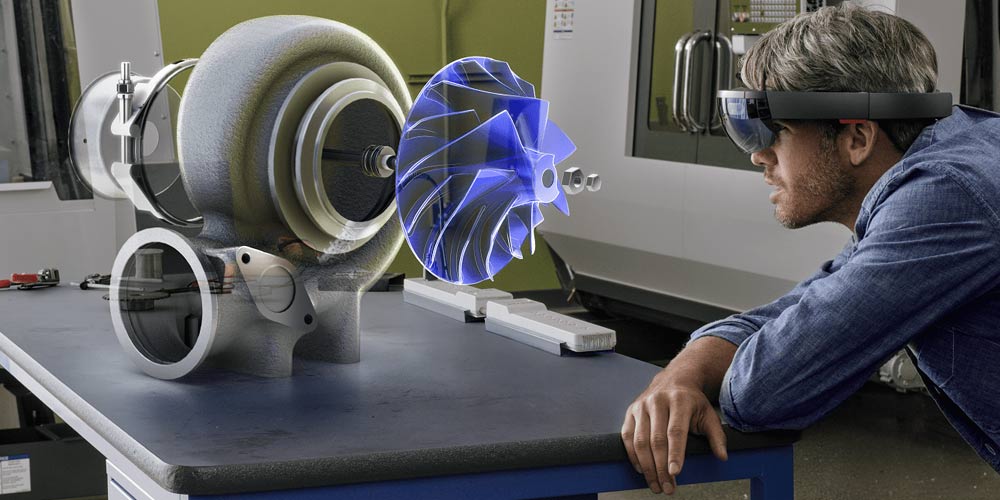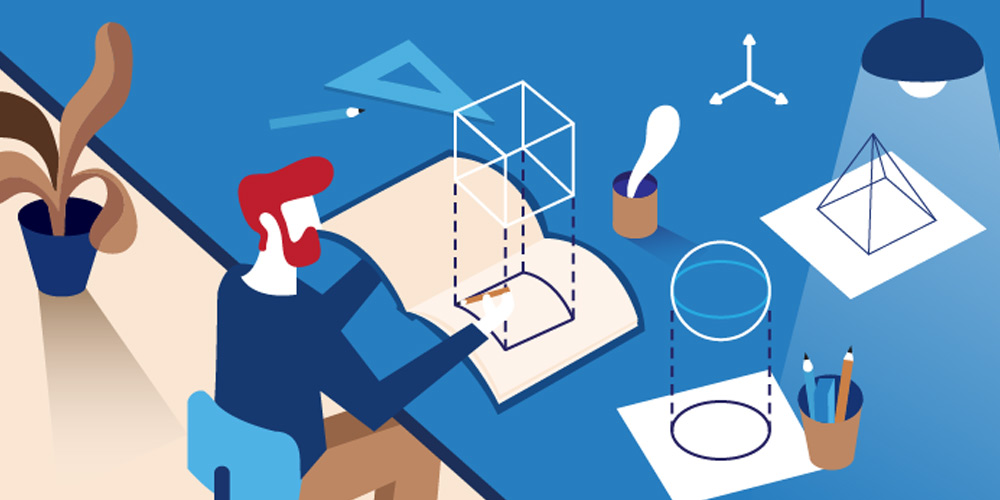Augmented Reality (AR) and Virtual Reality (VR) can indeed improve the way designers work. By adding another dimension to an object, things can get a lot more realistic and interactive.
AR and VR provide that "magic leap" which allows visuals to work and appear beyond our limited screen sizes. With many apps allowing AR and VR, the potential use cases open a whole new world of digital content.
But how about the more traditional 2D? How do AR and VR compare with the basic base of design?
Will we ditch our old 2D for 3D mediums like AR/VR?
While it's certainly more "natural" for humans to work in a 3D environment as our eyes and perceptions are built especially well for this, but 2D still and will always have a special place in designers' hearts. And that is for good reasons:

Designing And Drawing
AR and VR allow a different approach in both designing and drawing. They allow creativity to go to a new level, allowing artistic creations to be built with amazing results. The potential is indeed a new way for artists, if compared to the more restricted 2D.
But there is a very important difference between artistic creations and industrial designs.
In artistic creations designers don’t have to care for precision as they create their designs. On the other hand, industrial and enterprise designs need millimeters precision and pixel accuracy, and here designers have to be absolutely exact in their design measurements.
Using AR and VR, it would be very hard to have all three dimension parameters precisely created, due to the designers looking at the object using their "perspective".
Enterprise companies in industrial fields have adopted AR/VR and are using these technologies to their benefits, but not as a way to completely shift their existing 2D approach and procedures to these mediums. Enterprise companies are using AR/VR to better showcase and review their designs that they have created in their traditional 3D designing software.
This is because designers just can’t handle 3D environments and also design precisely at the same time.
For this particular reason, enterprise companies are using AR and VR as complements to their existing 2D, creating advantages of both and optimize their procedures.
Knowing The Input Methods
For computers to do what they need to do, humans have to give them some command in the form of inputs.
2D and AR/VR have different inputs, as the two are apart.
In 2D worlds and on flat screens, designers usually use a combination of mouse or stylus and keyboard, while in AR/VR and 3D environments, they use controllers and gestures.
Designers can have precise control, down to a pixel, using a mouse. But it can be very difficult to have that same precision using a AR/VR controller, for example. This is because a mouse only has two axes (X and Y coordinates), but a AR/VR controller deals with a third axis, which is the depth (Z).
This makes it significantly harder to be precise on designs.
Though AR/VR input tools get more accurate and more advanced in each coming product, the nature of working and designing in a 3D world won't change and it will never be as accurate as 2D.

Conclusion
Will 3D replace 2D? The answer is: no.
In an era where technology goes beyond the screen and into mixed reality, there is no way that we will stay completely in 2D and flat design surfaces.
But still, we won't also be able to completely shift to holographic and 3D workspaces due to their limitations, and also our limitations as humans.
Adapting to our "natural" behaviors like designing in 3D is not always the best way to do things, because using more parameters when designing things is not always good.
That’s why we humans, usually use models to describe theories by using as little parameters as possible.
2D and AR/VR will work best in tandem. By combining both implementations, we can have the best of both worlds to our benefits.